Google has activations, Amazon doesn’t release any numbers, Microsoft touts licensees sold. Truly knowing the success of a device or platform is hard when companies selling the devices or supporting the platforms don’t share with us actual sell through numbers. I am rarely interested in how many devices or software licensees are sold into the retail, carrier, or OEM channel. I am interested in how many people are actually using these devices and have personal ownership of them.
Take Amazon for example. Why Amazon gives no indication as to how many Kindle products (namely the Fire) they are selling is beyond me?. If it is doing remarkably well wouldn’t you want to tell people this. Especially if you want developers creating applications for your Android fork. You would think if developers knew what their total addressable market would be on Amazon’s platform, that it would be helpful and lure them if the number was attractive.
Then there is Google. They proclaim Android figures by way of activations. No one truly knows what that means but now Google is changing the methodology to report only those device which activate Google services, namely the Play Store, rather than just an activation of any Android device that pings their servers. There are many more millions of Android devices access to Google service, which now makes it harder than ever to know how many Android devices are sold and actually in the hands of users. At least Google’s new reporting more accurately reflects devices in use, and using Google’s services, but even then we have some discrepancies. John Kirk points that out here.
Samsung is a little better. But only at times. Some quarters they will tell us how many specific device models they sold. But then sometimes they won’t specify sales of specific device models and just lump all devices together and tell us how many smartphones they sold.
Now I turn to Microsoft. The buzz last week around the fact that they had sold 100m copies of Windows 8. On this point, I must highly recommend an article Charles Arthur wrote in the Guardian where he built upon my Tech.pinions colleague Patrick Moorhead’s methodology for calculating actual Windows 8 devices in use.
Moorhead combines the NetMarketShare figure from April, which shows a 4.2% share, with the 1.4bn installed base to come up with a figure of 58.6m machines presently running Windows 8. That’s an average of less than 10m per month since it went on sale – which doesn’t feel like a lot, especially since the run rate for Windows 7, once it got into its stride, was 20m per month.
100m copies sold. Not yet in use. They will get there by the end of the year. If they don’t we have a real problem.
Then, in an attempt to counter some of the hard hits they took this past week, Microsoft’s Corporate Vice President of Corporate Communications Frank Shaw wrote an interesting blog post. One quote stood out in particular.
So let’s pause for a moment and consider the center. In the center, selling 100 million copies of a product is a good thing. In the center, listening to feedback and improving a product is a good thing. Heck, there was even a time when acknowledging that you were listening to feedback and acting on it was considered a good thing.
Frank is right. Selling 100 million copies of anything is a good thing. But as Charles and Patrick point out, there are far less than 100m copies in the hands of consumers. Furthermore, I would ask Frank a question about these 100m copies sold. What choice do the OEMs have? If you want to make a PC, and you are not Apple, where else can you get your operating system? The answer is no where. OEMs are bound to Windows if they want any chance to hit sales numbers. So realistically they are going to buy whatever Microsoft sells them. Harsh reality but its true. And yes Frank, listening to feedback is a good thing. I’m just worried Microsoft is not listening to all the RIGHT feedback.
Microsoft will continue to sell 100s of millions of copies of Windows each year by default. The OEMs have no viable alternative. Maybe this will always be true, maybe it won’t, time will tell. Maybe Chromebooks will be the alternative. Android clamshells certainly aren’t the answer. But I can tell you one thing I am extremely confident about. Microsoft and their partners worst nightmare should be if Apple ever decided to get price competitive with their Macs.
Giving all the facts with regard to sales numbers that reflect their actual use by customers is the only way to be genuine and forthcoming. Consumers either want your products or they do not. By telling us how many of them are actually buying them, using them, and not returning them, is the only metric for us to truly gauge whether your company or its products are actually viable and growing true market share.
I can only conclude that by not giving us the whole story, that the whole truth is not as rosy as its made out to be.
Extra Thoughts:
– Keep in mind most of those 100m copies were sold to OEMs making PC, hybrid, and convertible hardware, all who hope to sell them through the retail channel for actual customers to use.
– Of course by Macs being price competitive I mean in the sub $599 range. That is where the Windows volume is and will be.
– There are other companies who aren’t specific when it comes to numbers, I just mentioned the ones with the biggest spotlight on them.
– It should go without mentioning but I will anyway. Good or bad, Apple is the only one who gives real sell through numbers.


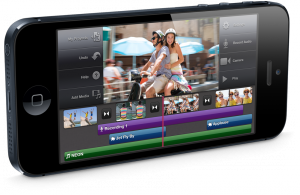
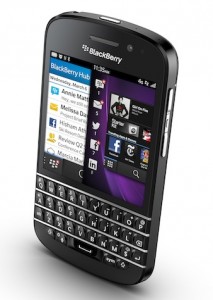






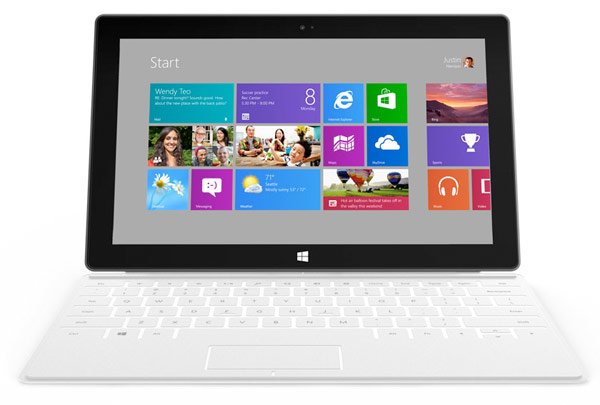

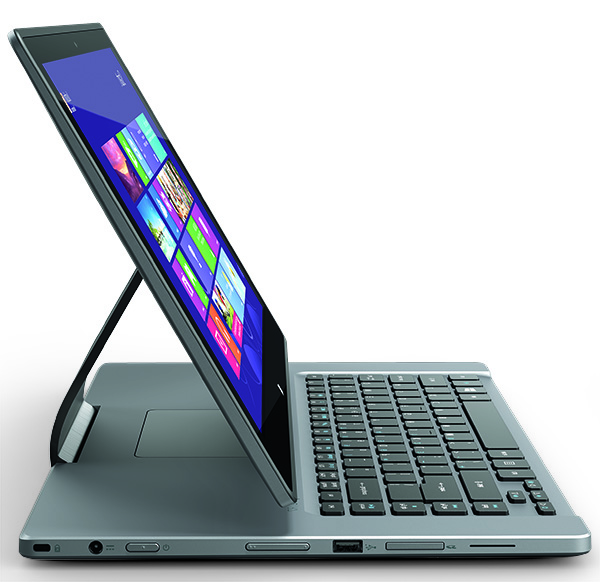
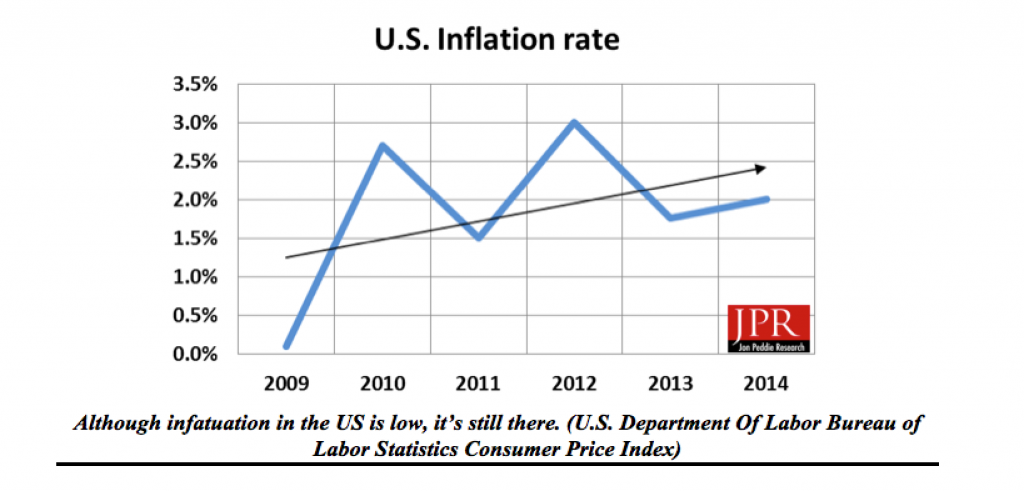
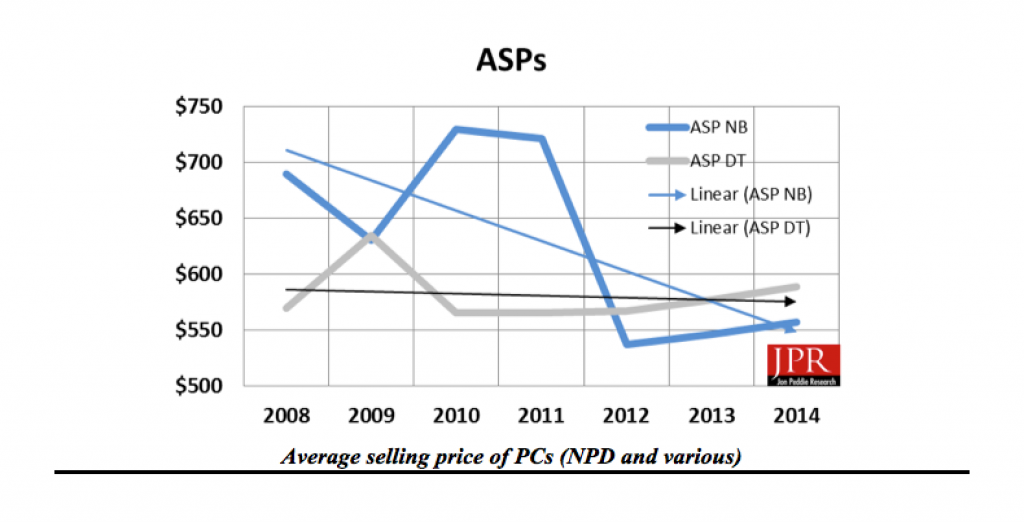
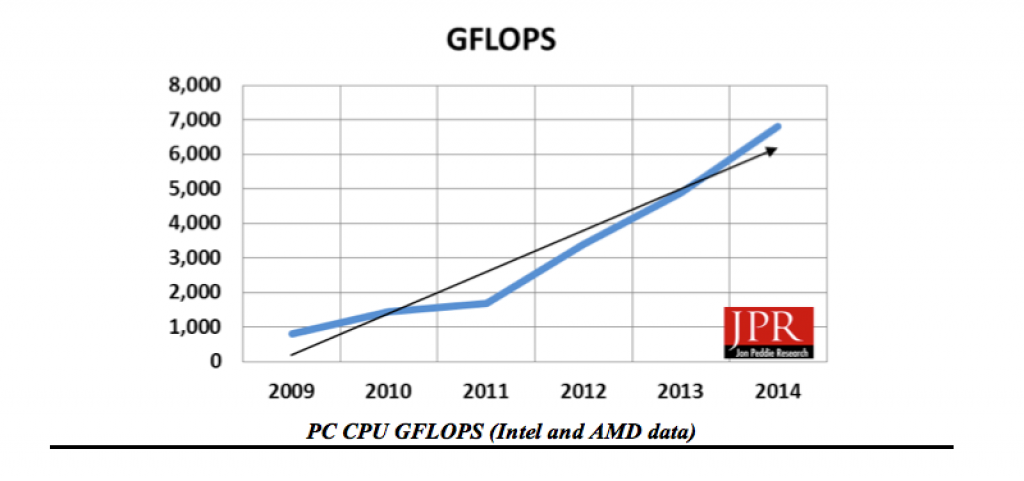
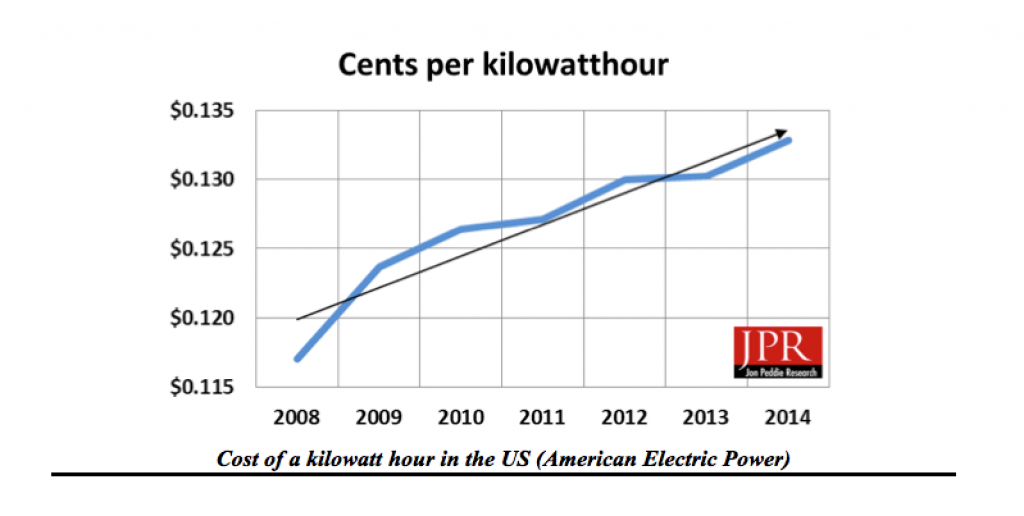

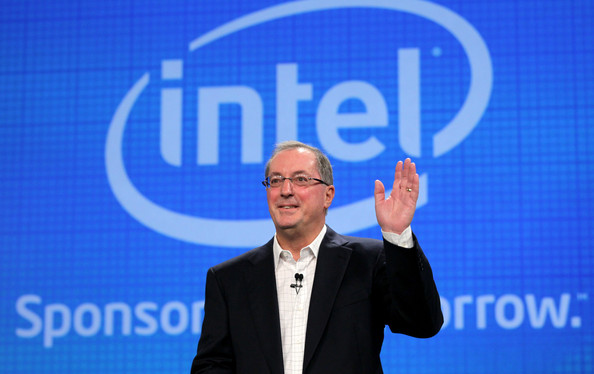

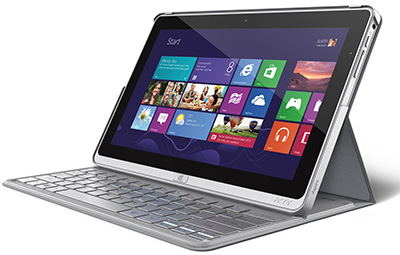

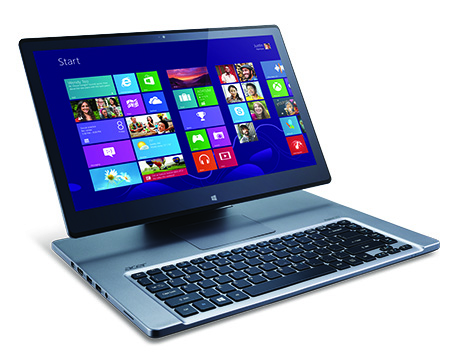






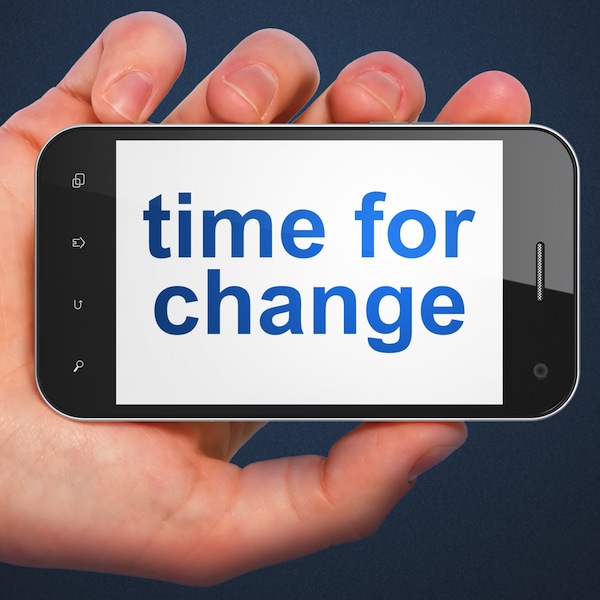



 The are many reasons why television viewers choose to cut the cord, to be among the 15% or so of Americans who get by without a cable or satellite feed. But probably the most important is the desire to pay less for the content by grabbing it out of the airwaves or finding it on the internet.
The are many reasons why television viewers choose to cut the cord, to be among the 15% or so of Americans who get by without a cable or satellite feed. But probably the most important is the desire to pay less for the content by grabbing it out of the airwaves or finding it on the internet.



